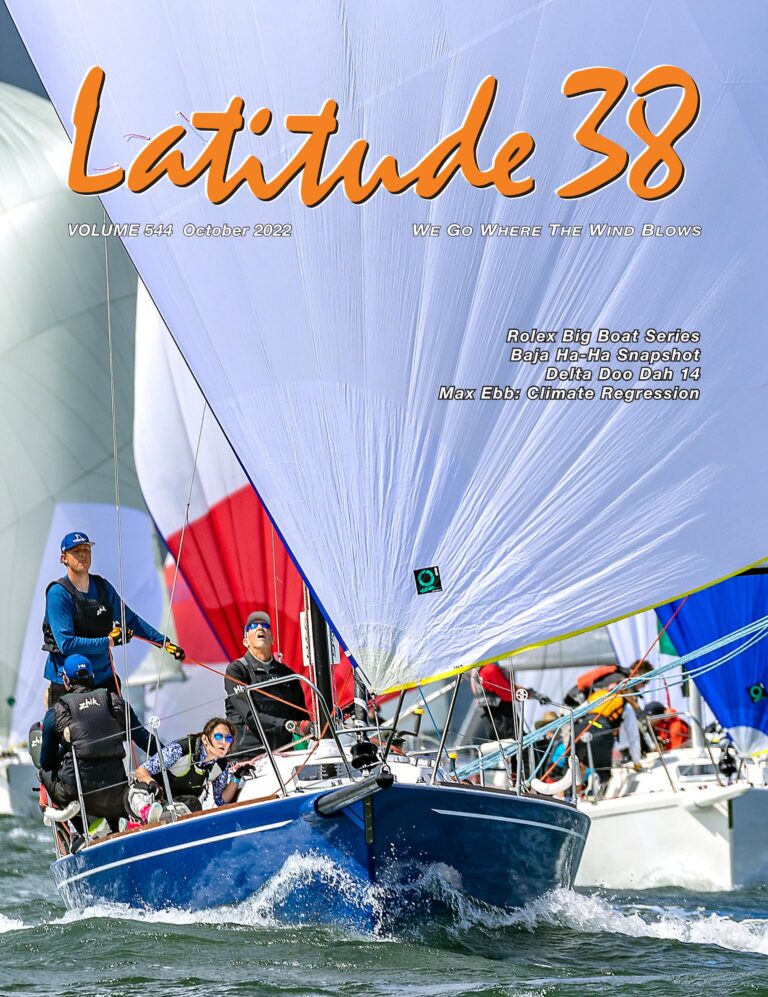Bandura Social Learning Theory by Albert Bandura
In his social learning theory, Albert Bandura proposes that humans learn by observing and imitating the behavior of others. He posits that we are not simply born with certain behaviors, but that we acquire them through observation and imitation. This theory has had a profound impact on education, child development, and our understanding of human behavior.
The social learning theory proposed by Albert Bandura suggests that people can learn by observing others. This theory has had a major impact on education and child development research.
One of the key ideas in social learning theory is that humans are capable of imitating the behavior of others.
We see this in action when children imitate the adults around them or when students copy the behavior of their peers. Bandura’s research showed that we learn best when we observe someone who is similar to us, such as a same-age peer or a close friend.
This theory has been used to explain how aggression can be learned by observing others, either in person or via the media.
It also helps to explain why some people are more likely to imitate aggressive behavior than others. Social learning theory has been used extensively in educational settings, particularly to design programs aimed at reducing bullying and promoting pro-social behavior.
Social Learning Theory Albert Bandura
In social learning theory, Albert Bandura (1977) states that people learn by observing others. He believes that human behavior is learned through observation, imitation, and modeling. The main concepts in his theory are attention, retention, motor reproduction, and motivation.
According to Bandura, there are four basic processes in social learning: attentional process, retention process, motor reproduction process, and motivational process. Attentional Process is when we pay attention to a model’s behavior. We cannot learn unless we attend to the model’s behavior.
Retention Process is when we remember what we saw the model do. Motor Reproduction Process is when we imitate the models’ behaviors. And lastly, Motivational Process is when we have a reason to imitate the model’s behavior.
We will only imitate a behavior if we think it will lead to something we want or avoid something we don’t want.
Bandura believes that people can learn both good and bad behaviors from observing others. He conducted an experiment called the “Bobo Doll Experiment” to prove this point (Bandura & Ross 1961).
In this experiment, children watched an adult model either play aggressively with a Bobo doll or play peacefully with the doll. Afterward, the children were let into a room with the Bobo doll where they could play however they wanted with it. The results showed that children who saw the aggressive model were more likely to be aggressive themselves when playing with the Bobo doll than those who saw the peaceful model .
This shows that children can learn both good and bad behaviors from observing others around them .
Social Learning Theory has been used to explain many different types of human behavior including aggression , addiction , eating disorders , phobias , depression , and anxiety . It is also one of the most widely studied theories in psychology today .

Credit: www.youtube.com
What are the 3 Main Ideas of Bandura’S Theory?
Bandura’s theory is best known as social learning theory. It emphasizes the role of observation and imitation in learning. According to Bandura, people learn by observing the behavior of others and then imitating it.
This type of learning can occur either through direct experience or through observing others’ behavior (vicarious learning).
The three main ideas of Bandura’s theory are:
1) People learn by observing the behavior of others and then imitating it.
This is known as observational learning or vicarious learning.
2) Learning is a cognitive process that occurs within an individual. It is not simply a matter of passively absorbing information from the environment.
3) People are active agents in their ownlearning. They select, interpret, and organize information in ways that serve their goals and purposes.
What are the 4 Stages of Social Learning Theory?
The social learning theory proposed by Albert Bandura has four main stages: attention, retention, reproduction, and motivation.
In the first stage, attention, people identify and focus on a model to learn from. In order to learn from the model, they must be able to pay attention to it and understand what it is doing.
The second stage is retention, in which people remember what they have observed. In order for something to be remembered, it must first be encoded into memory. The third stage is reproduction, in which people try to imitate what they have observed.
This may involve practicing the behavior or trying it out in a real-life situation. The fourth and final stage is motivation, in which people are motivated to continue using the new behavior if it leads to desired outcomes or reinforces their self-image.
Social Learning Theory: Bandura’s Bobo Beatdown Experiments
Conclusion
According to Bandura, social learning theory is the process through which people learn by observing and imitating the behavior of others. This type of learning can take place either in a real-world setting or via media (such as television or the internet). In order for social learning to occur, three things must be present: attention, retention, and motivation.
People learn best when they pay attention to what they are seeing or hearing. If they are not paying attention, they will not be able to remember what they have seen or heard. Additionally, people must be motivated to imitate the behavior they observe.
If there is no incentive to imitate observed behavior, social learning will not take place.

